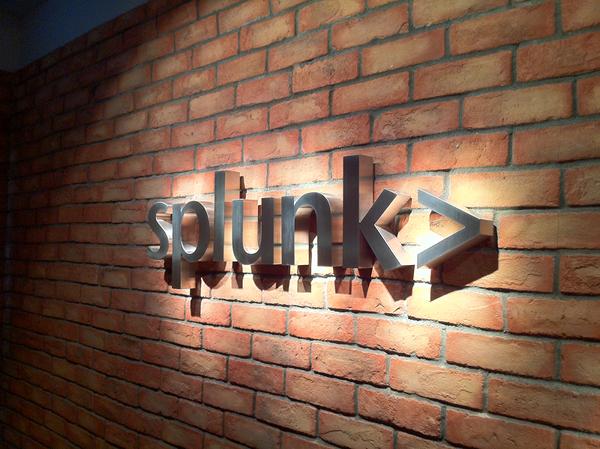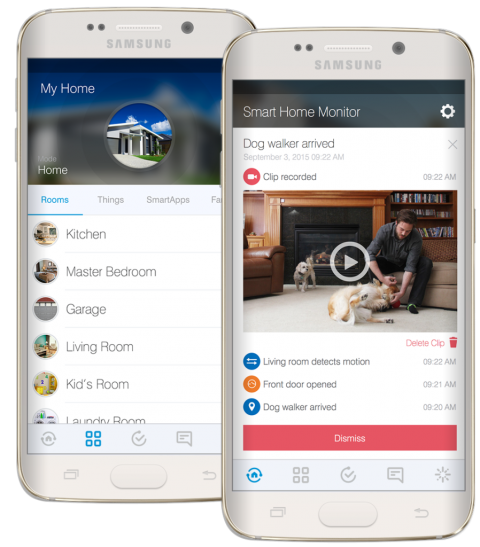“We’re early in the marathon but making good progress”, opened Godfrey Sullivan, the CEO of Splunk, as he opened the company’s annual conference in Las Vegas today.
Helping businesses understand their data has proved lucrative for Splunk with the analytics company seeing a 46% increase in year on year revenue to $148 million for the last quarter with the organisation narrowing its losses over the same period.
As with all tech conferences, the focus in the opening keynote is on new product announcements. For Splunk, the main release is its latest enterprise version of Splunk Enterprise 6.3 billed as delivering faster results, better analytics and tying into the masses of machine data being collected from the Internet of Things.
Machine data as a cornerstone
That IoT data is a key part of Sullivan’s strategy of “making machine data more accessible usable and valuable to everyone.” The company also highlights their alliances with IoT data consolidator services such as Xively and Octoblu.
Security is another focus of Splunk with the launch of Splunk User Behavior Analytics (UBA) that analyses usage patterns on networks to identify risky or suspicious activity and a version upgrade of their their Enterprise Security.
The original business of Splunk was to monitor server log files and that IT focus remains with their new IT Service Intelligence (ITSI), an improved IT monitoring and analytics service.
Sullivan’s key message was that IT departments can be offering ‘operational intelligence’ as they gather and analyse data from all aspects of a business. “IT departments have to earn a seat at the table”, as Splunk’s CTO Snehal Antani says and providing rich data analytics, in his view, enable this.
Surprising a bank
Antani cited one of his previous clients, a bank which would ordinarily would deal with ten million dollars of deposits a day so an alarm had been set for when less than half of that had been received by midday.
One day that alarm sounded, and the IT department assumed there was a problem with the bank’s systems. After checking, they found everything was running normally so flagged deposits were unusually low to senior management.
It turned out to be a competitor had launched a successful campaign to open new accounts which had caught the bank by surprise. “The CMO acted as if he’d been hacked,” Antani recalls.
Antani’s anecdote illustrates how business data is no longer just the concern of the IT department and a small group of geeky business analysts, with real time information every part of an organisation can improve its performance.
For Splunk, using data to improve all aspects of business its key message to the market and one it hopes to drive its business forward although it’s highly unlikely they’ll achieve Antani’s hopes of “making IT sexy again.” That would take much more than a marathon.
Paul travelled to the Splunk.conf in Las Vegas as a guest of Splunk




